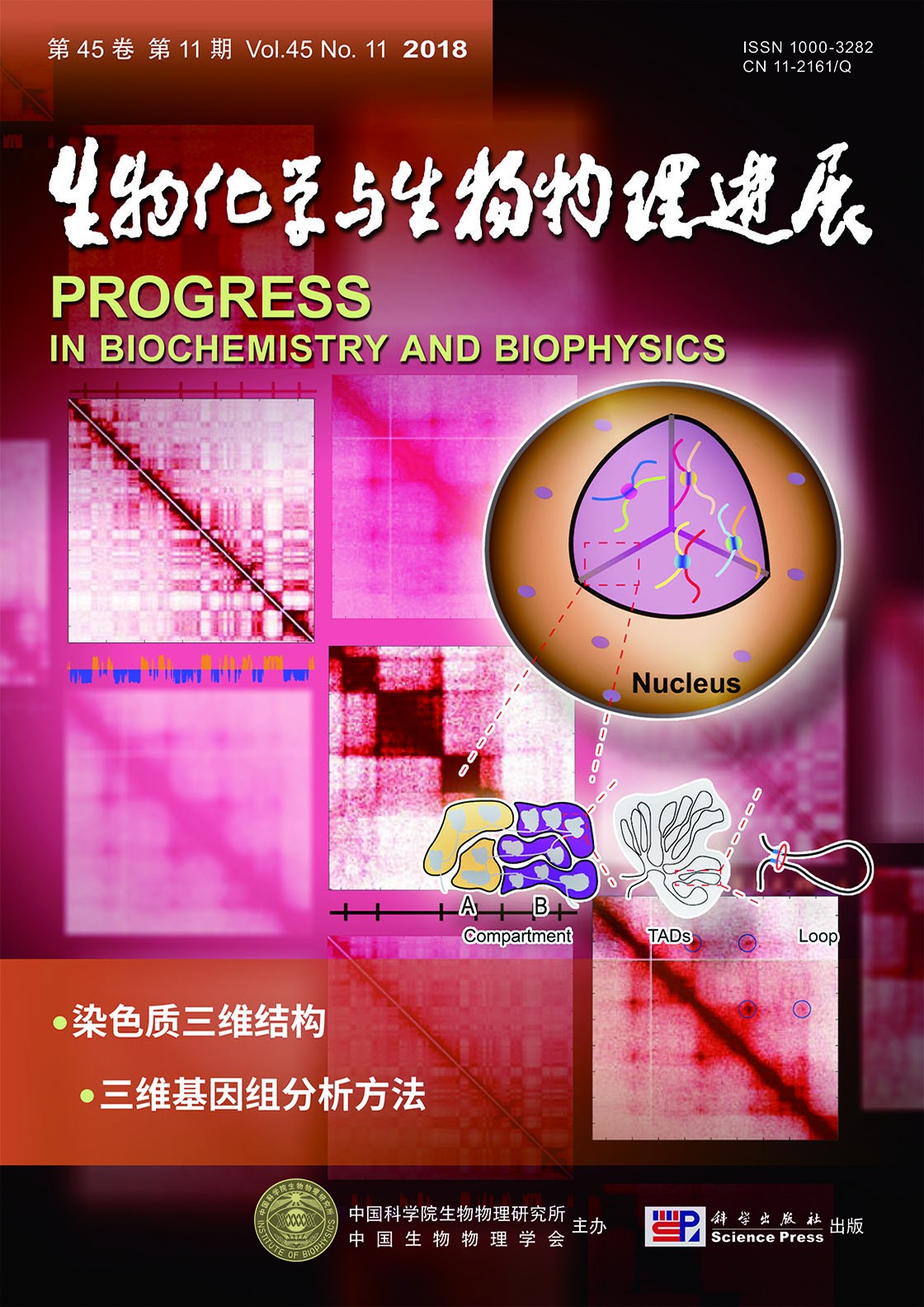2018年第45卷第11期目录
| |

|
封面故事:染色质三维结构是指DNA分子在细胞核中的空间位置和相对关系.对染色质三维结构的探究是了解基因组功能与基因调控关系的关键手段.近年来,随着Hi-C 等染色质构象捕获技术的发展和高通量测序成本的降低,全基因组交互作用的数据量快速增长,交互作用图谱分辨率不断提高.这给三维基因组学发展带来机遇的同时,也给计算建模带来了挑战.当前,三维基因组数据的分析包括了数据前期处理、标准化、可视化、特征提取、三维建模等环节,算法种类繁多、更新迅速. 选择高效、准确的方法对研究的开展十分重要.张祥林等重点分析了三维基因组数据的特点,并根据分析方法的适用场景、原理及特点进行系统地归纳,总结了分析过程中各个环节的要点.通过对三维基因组数据分析方法的综述,有助于促进这一领域中信息学方法的应用和开发,助力三维基因组学的研究.
(张祥林,方 欢,汪小我.三维基因组数据分析方法进展,本期第1093~1105页)
Cover Story:The investigation about chromatin 3D structure is becoming one indispensable way in studying genome functions and gene regulation. In past several years, thanks to the development of chromatin conformation capture technology and decreasing cost of high throughput sequencing, the amount of whole-genome interaction data increases rapidly with the ascending resolutions. This not only brought the chances for interpreting 3D genome, but also challenged the modeling methods. Nowadays, methods of analyzing these data covered a wide range, including pre-processing, normalization, visualization, features extraction and 3D modeling; however, choosing efficient and precise computational methods becomes an obstacle limiting the study of 3D genome. In this paper, we sum up these methods according to their suitable conditions, principles and characters and focus on the methods for new technologies and requirements in order to promote the application and development of these methods, assisting the investigation of 3D genome.
|
综述与专论
研究报告
技术与方法
要闻聚焦
|
|